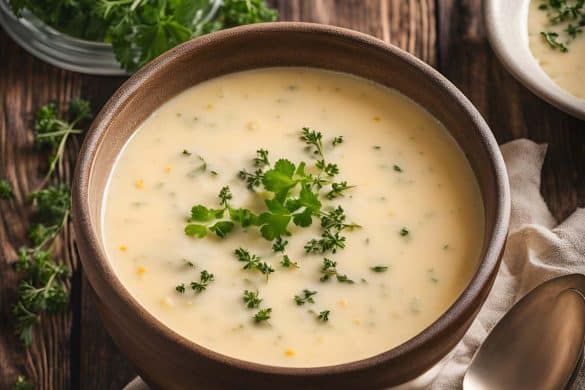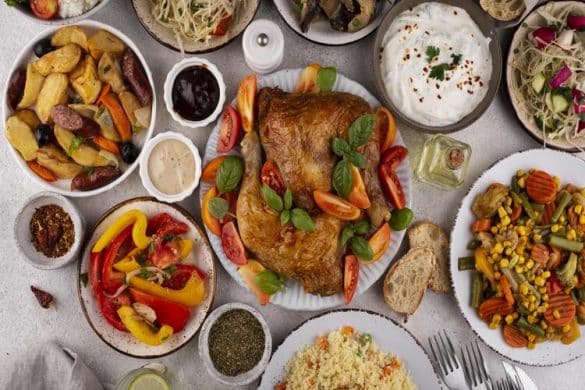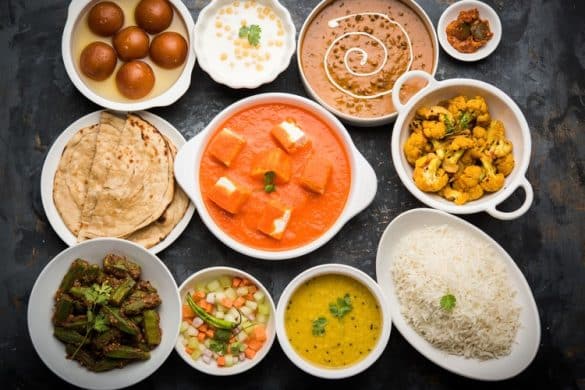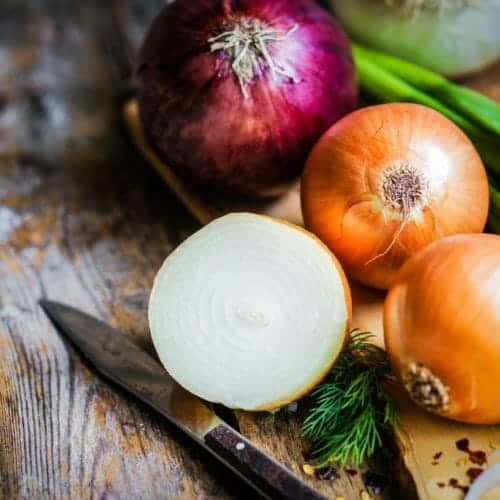Are you craving a burst of cuisines combining the best Indian spices with the zest of Chinese cuisine? So, we bring you Indo-Chinese food recipes that are an Indian interpretation of Chinese food and super delicious to savour.
Indo-Chinese food is the perfect fusion, combining the best of all worlds’ fiery, tangy, and savoury elements! So, if you’re Inviting guests over or craving a spicy street food-inspired meal for yourself? These Indian Chinese food recipes are best to try!
Indo-Chinese cuisine is a fusion of Indian flavors and Chinese subtleties, creating a unique gastronomic experience. This trend originated in Kolkata from interactions between the local Indian and Chinese communities and has spread throughout India.
This blog will take you through the best 7 of Indo-Chinese food recipes, including those infused with a spicy brown sauce, such as veg manchurian in the tangiest manchurian sauce and dishes enhanced with Sichuan peppercorns and green chillies. Get ready to understand the secrets behind the luscious Chilli Chicken, and so much more!
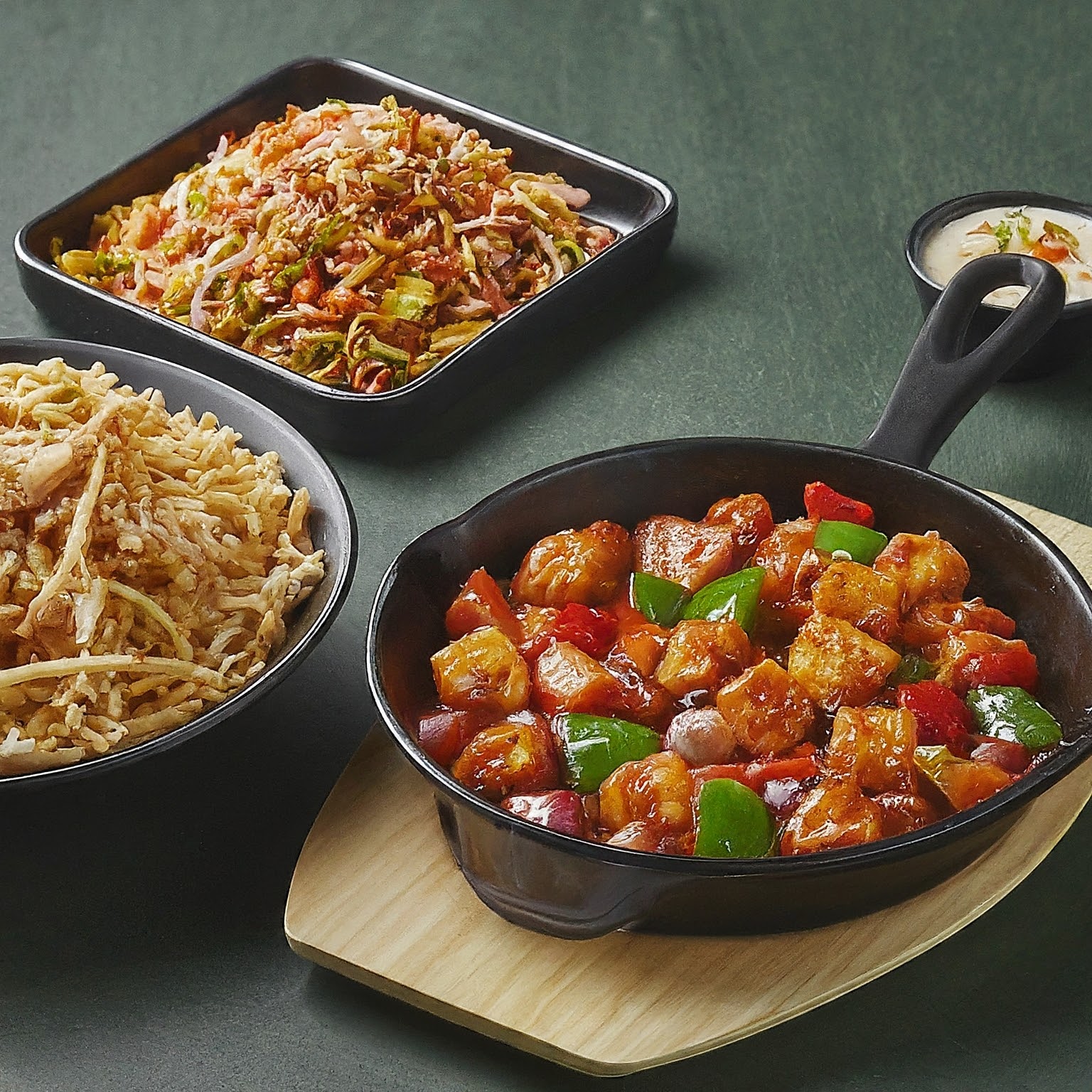
A sizzling pan of chilli paneer, a vibrant bowl of Chinese bhel bursting with mixed vegetables, and a platter of crispy toppings to add on your bhel.
You’ll discover how to whip up favourites like schezwan Hakka Noodles, Paneer Chilli, or Spring Rolls. This blog brings you the bold Chinese style flavours you have always loved from your favourite Chinese restaurants. Let’s honour the culinary impact of the famous chef Nelson Wang as you note the ingredients for these Indo-Chinese recipes.
What is Indo-Chinese cuisine?
Indo-Chinese cuisine blends Indian spices with Chinese culinary techniques to cater to Indian tastes. It features ginger, green chilies, stir-fried soy sauce, Schezwan peppercorns, and sesame seeds. This fusion incorporates Indian ingredients like coriander seeds and garam masala, resulting in a unique ‘Indo-Chinese’ culinary experience.
Also Read: The History Of Indo Chinese Food
7 Must-Try Indo-Chinese Recipes
Here are the top 7 Indo-Chinese food recipes. Each recipe captures this fusion cuisine’s bold tastes and flavors, catering to vegetarians and non-vegetarians with a perfect balance of tang and spice.
1. Tangy Manchurian
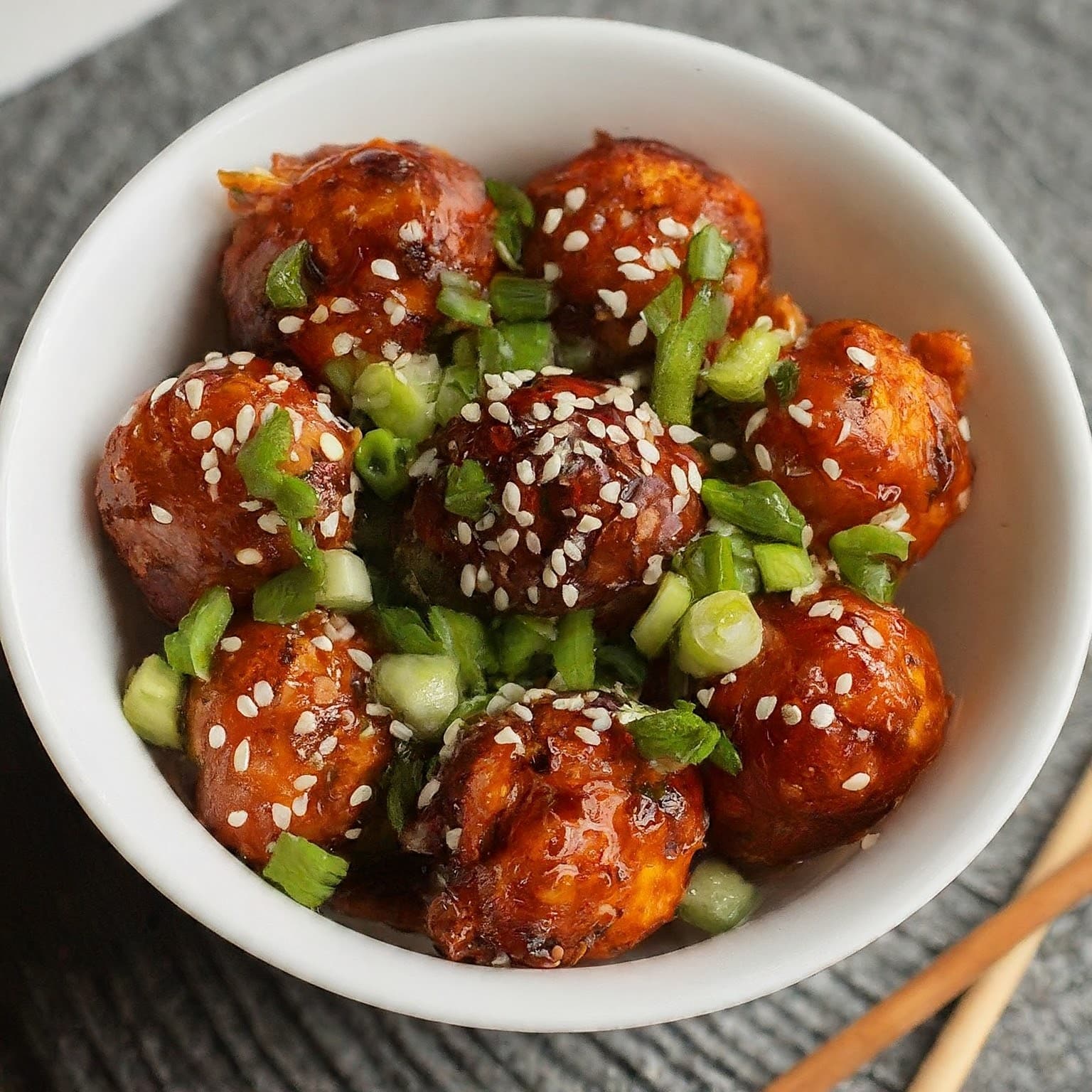
A plate of tangy manchurian, a popular Indian-Chinese dish coated in a sweet and tangy sauce.
This popular Indo-Chinese recipe uses mixed vegetable balls in a savory sauce. It is perfect for a homemade Chinese feast and is the most loved Indo-Chinese food by kids and adults.
Ingredients for Veg Manchurian
- 1 cup mixed vegetables (cabbage, carrots, ginger, bell peppers, onions)
- 1 green chili, finely chopped
- 1 cup cauliflower, grated
- 1/2 cup all-purpose flour
- 2 tbsp cornstarch
- Salt to taste
- Oil for frying
For the Manchurian Gravy:
- 2 tbsp soy sauce
- 1 tbsp chili sauce
- 1 tbsp ketchup
- 1 tsp vinegar
- 1 tsp sugar
- 1/2 cup water
- 1 tbsp cornstarch
Recipe:
- Mix vegetables, chilli, ginger, cauliflower, flour, cornstarch, and salt. Shape into balls.
- Fry vegetable balls in oil until golden brown. Set aside.
- Mix a soy sauce, chilli sauce, ketchup, vinegar, sugar, and water pan.
- Mix cornstarch with water. Slowly add to sauce, stirring until thickened.
- Add fried vegetable balls to the sauce and toss to coat.
- Serve hot as an appetizer or with rice or noodles. Enjoy Veg Manchurian!
Also Read: Indo Chinese Special Paneer Manchurian Recipe
2. Veg Crispy Spring Roll
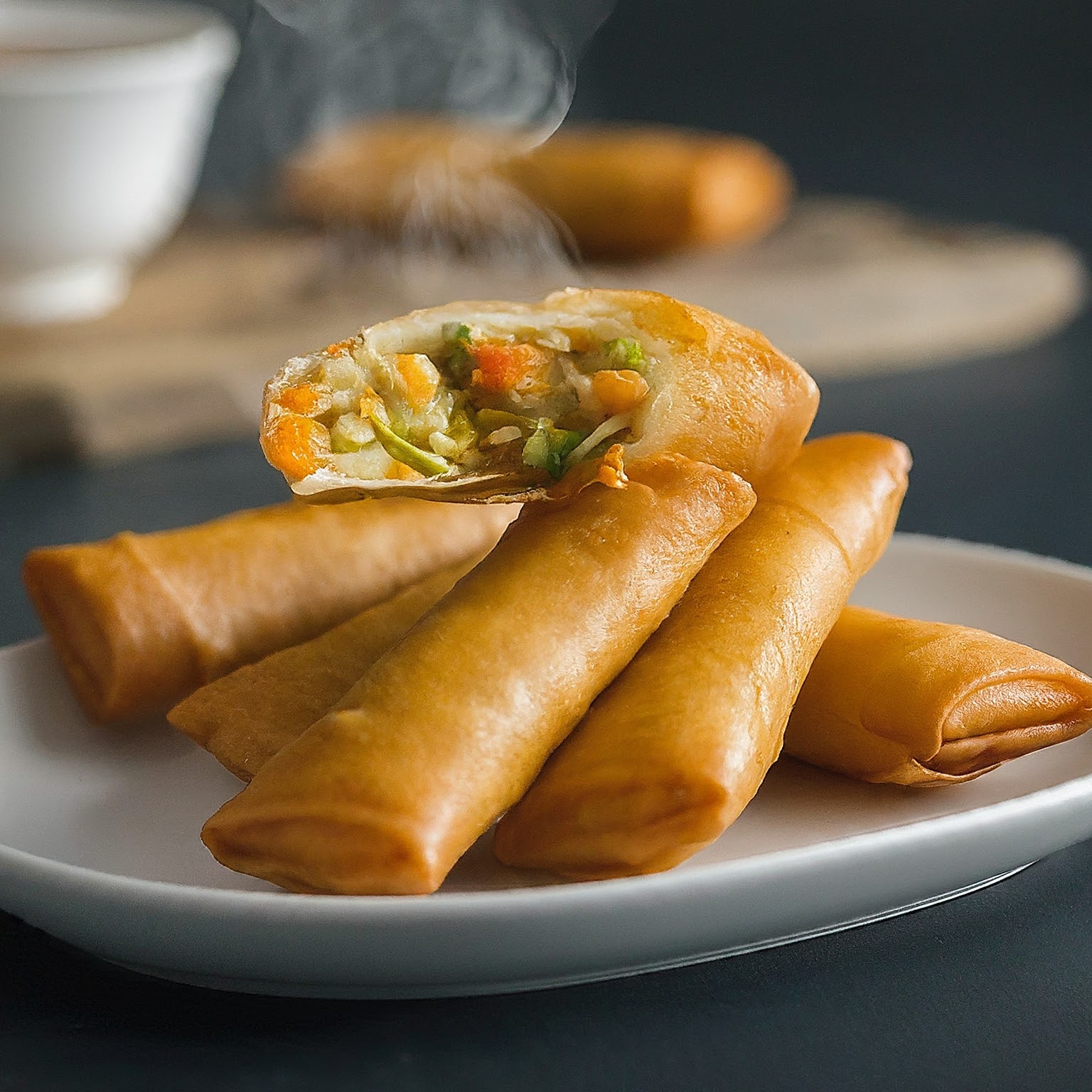
A crispy golden-brown spring roll filled with fresh vegetables.
Spring rolls are a beloved crispy snack in both Chinese and Indian cuisine. They showcase the fusion of flavours in Indo-Chinese food, particularly in the Chinese meal style.
Ingredients for Indo Chinese Spring Roll
- 1 pack of spring roll wrappers
- 1 cup of mixed vegetables (carrots, cabbage, bell peppers, etc.)
- 1 cup of cooked and shredded chicken or paneer
- 2 tbsp soy sauce
- 1 tsp of ginger garlic paste
- 1 tsp of red chilli powder
- Salt and pepper to taste
- Oil for frying
Recipe:
- Heat oil in a wok or deep frying pan.
- Sauté mixed vegetables and chicken/paneer with soy sauce, ginger-garlic paste, red chilli powder, salt, and pepper in a separate pan.
- Place filling onto a spring roll wrapper and fold as per package instructions.
- Fry spring rolls in hot oil until golden brown and crispy.
- Serve hot with your favourite dipping sauce for delicious Indo-Chinese fusion flavours!
Also Read: Chicken Spring Roll Recipe
3. Veg Spicy Schezwan Hakka Noodles
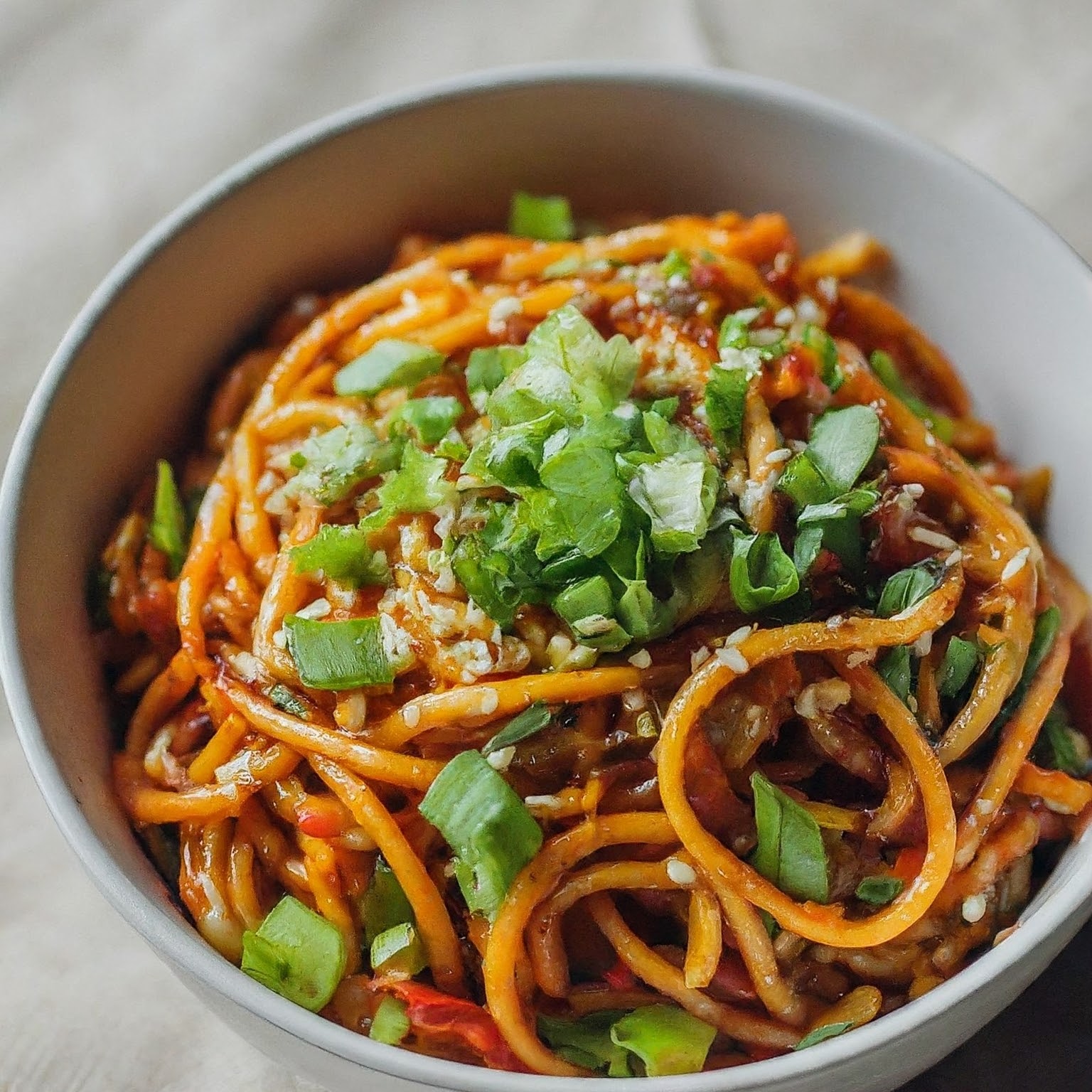
A plate of spicy vegetarian Schezwan Hakka noodles, tossed in a fiery red sauce with mixed vegetables.
The one dish that instantly brings together all generations at a party table has to be spicy schezwan hakka noodles. A flavorful combination of noodles, crunchy veggies, and tangy sauces, this Indo-Chinese food delights everyone with its spiciness and filling nature.
Ingredients for Spicy Schezwan Hakka Noodles – Restaurant Style
- Thin Hakka noodles
- Assorted veggies (bell peppers, carrots, spring onions)
- Soy sauce
- Vinegar
- Sesame seeds
- Sichuan peppers
Recipe:
- Cook the thin Hakka noodles according to package instructions.
- Stir-fry the assorted veggies in a hot wok until they are crunchy and vibrant.
- Mix soy sauce and vinegar in a small bowl to create the tangy sauce.
- Toss the cooked noodles with the stir-fried veggies and the sauce.
- Sprinkle generous amounts of sesame seeds and Sichuan peppers on top for a delightful crunch and spice.
- Enjoy your homemade Spicy Schezwan Hakka noodles.
Also Read: Hong Kong Style Noodles
4. Chilli Paneer Recipe
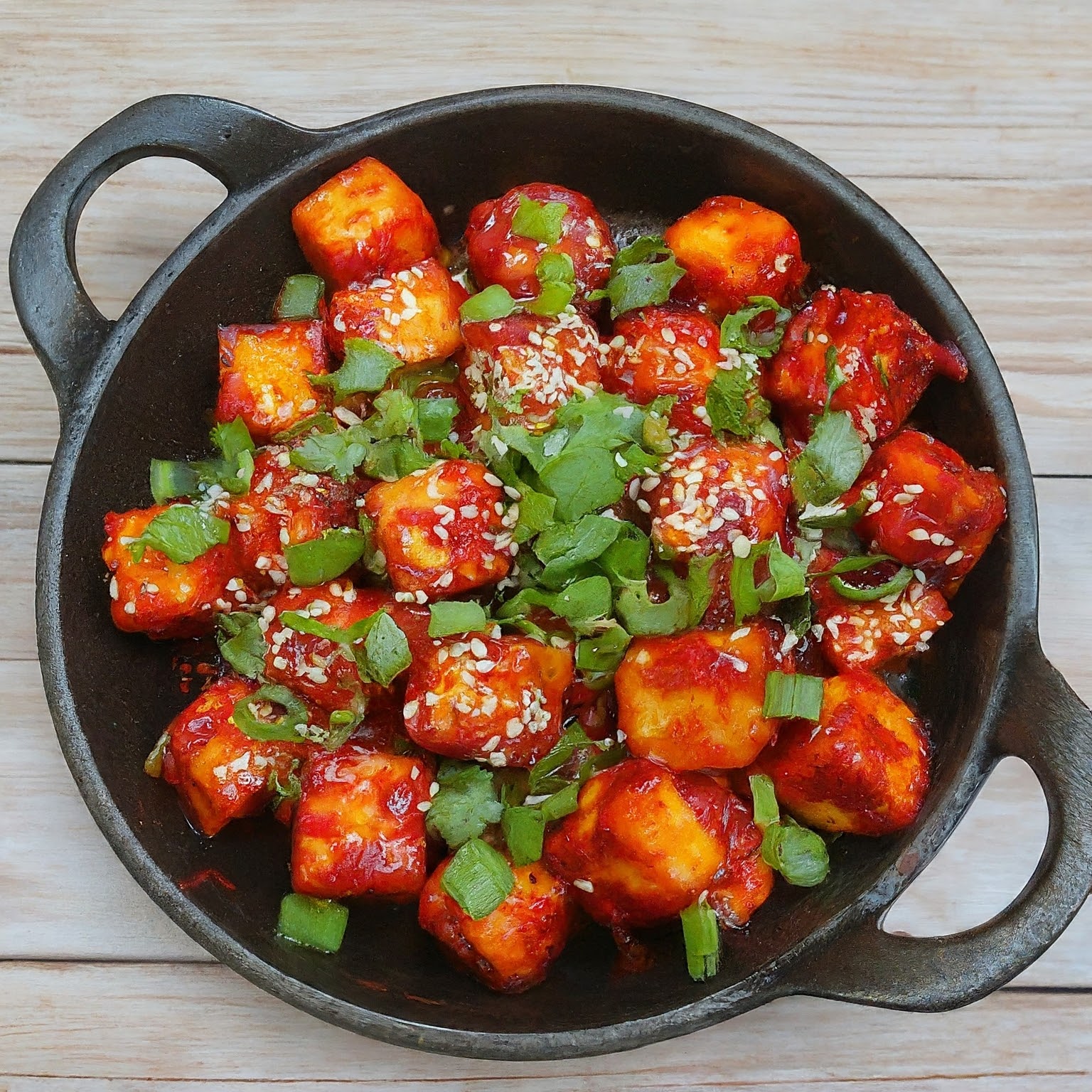
Crispy cubes of paneer coated in a spicy red sauce.
Chilli Paneer is a delicious combination of soft paneer chunks tossed in various Chinese sauces and Indian spices. It gives a wholesome flavour to the mouth when they bite into soft paneer chunks dipped in tangy sauces.
Ingredients for Chilli Paneer – Street Style
- Fresh and soft paneer
- Soy sauce
- Vinegar
- Chilli sauce
- Veggies (such as bell peppers, onions, and green chilies)
- Oil for frying
Indo Chinese Style Chilli Paneer Recipe:
- Cut the paneer into cubes and shallow fry them until golden brown.
- In a separate pan, mix soy sauce, vinegar, and chilli sauce according to taste.
- Add the fried paneer cubes to the sauce mixture along with chopped veggies.
- Toss everything together on high heat for a few minutes.
- Serve the chilli paneer immediately to enjoy its authentic flavour.
5. Restaurant Style Veg Hot and Sour Soup
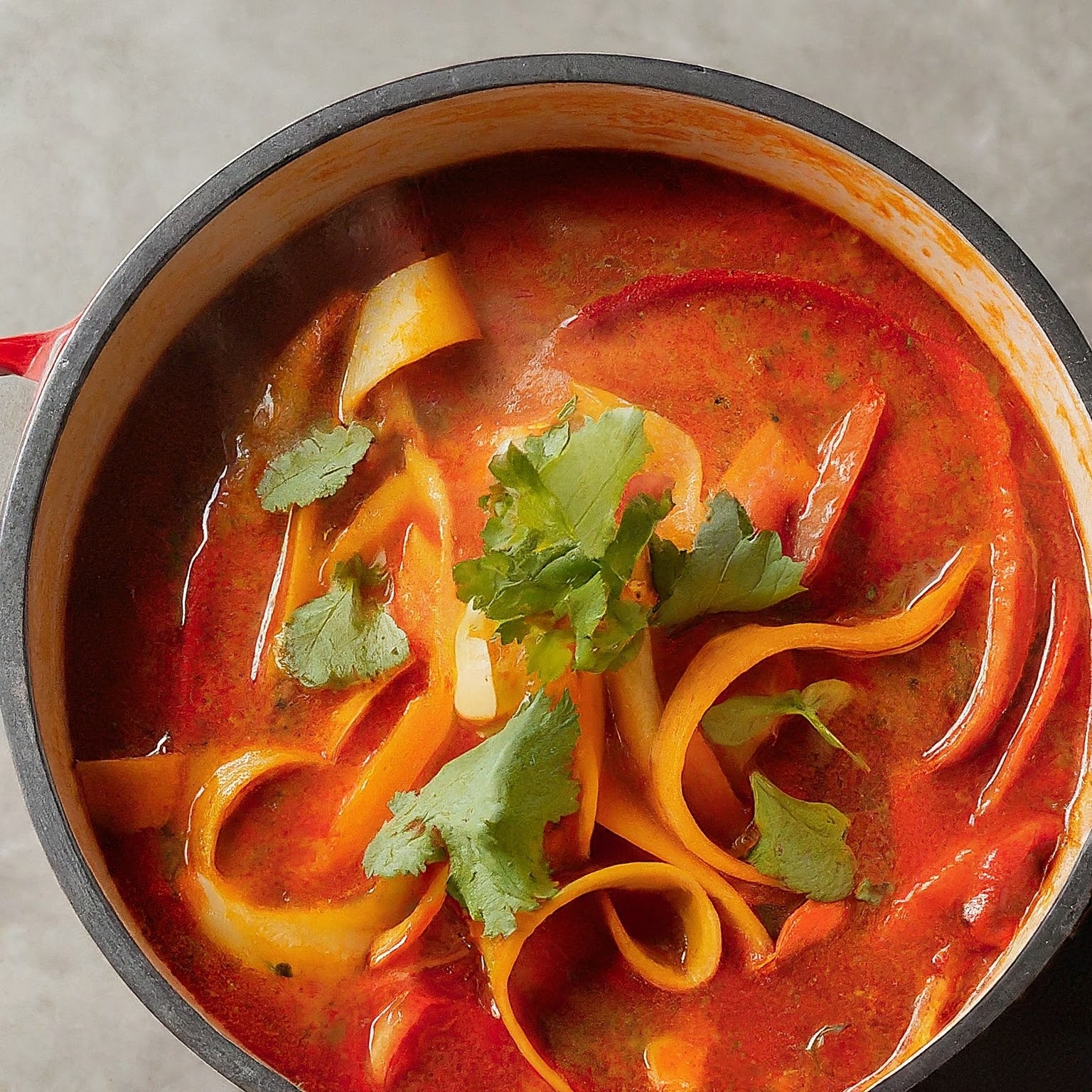
A steaming bowl of restaurant-style vegetarian hot and sour soup, filled with colourful vegetables
Nothing beats the chill of winter or monsoon better than a hot bowl of Veg Hot and Sour Soup. This soup boasts a perfect blend of spicy, tangy flavours, filled with crunchy vegetables and spices.
Ingredients for Hot and Sour Soup:
- Colourful vegetables like cabbage, carrot, and mushrooms
- Spices to taste
- Cornstarch
- Green onion
- Butter
Recipe:
- Chop the vegetables into small pieces.
- In a pot, sauté the vegetables until they are slightly tender.
- Add spices according to your preference for heat.
- Mix in cornstarch to thicken the soup.
- Serve hot, garnished with green onion and a pat of butter for added flavor. Enjoy your homemade Hot and Sour Soup!
6. Chilli Chicken Paprika Recipe
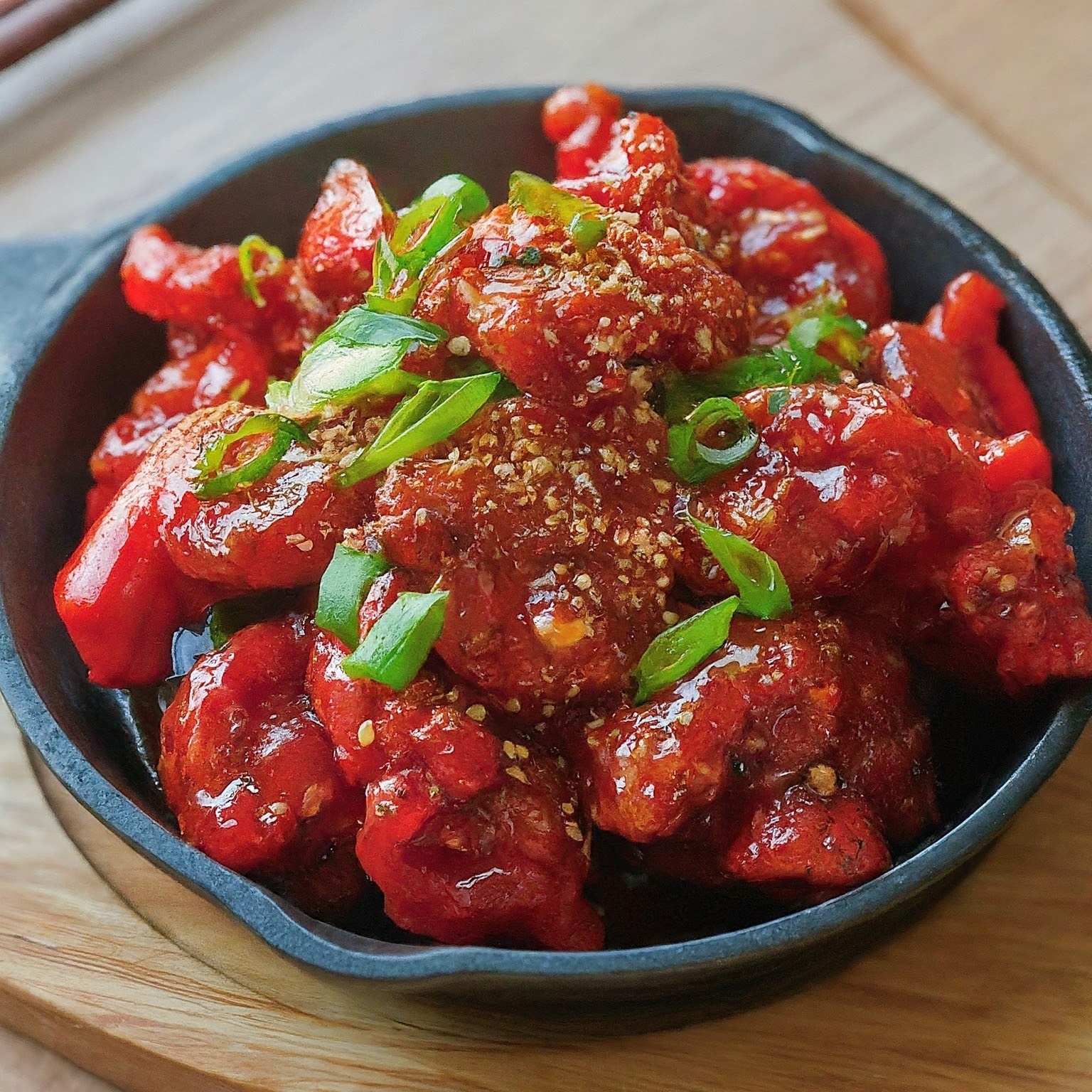
Chilli chicken paprika
This is the most famous Indo Chinese food! Indulge in the rich flavours of this Chicken Paprika recipe, which will surely tantalise your taste buds. This dish combines tender chicken pieces with flavorful paprika seasoning, creating a delicious and satisfying meal for any occasion.
Ingredients for Chilli Chicken:
- 1 lb chicken breast, cut into bite-sized pieces
- 2 tbsp paprika
- Salt and pepper to taste
- 2 tbsp olive oil
- 1 onion, chopped
- 2 cloves garlic, minced
- 1 red bell pepper, sliced
- 1 cup chicken broth
- 1/2 cup heavy cream
- Chopped parsley for garnish
Recipe:
- Season chicken with paprika, salt, and pepper.
- Cook the chicken in olive oil till it gets brown, then remove from heat.
- Cook onion, garlic, and bell pepper in the skillet until softened.
- Add chicken broth and heavy cream, stirring to combine.
- Simmer chicken in the skillet for 10-15 minutes until sauce thickens.
- Serve hot, garnished with chopped parsley. Enjoy!
Also Read: Chicken kebabs with paprika recipe
7. Indian Chinese Bhel Recipe
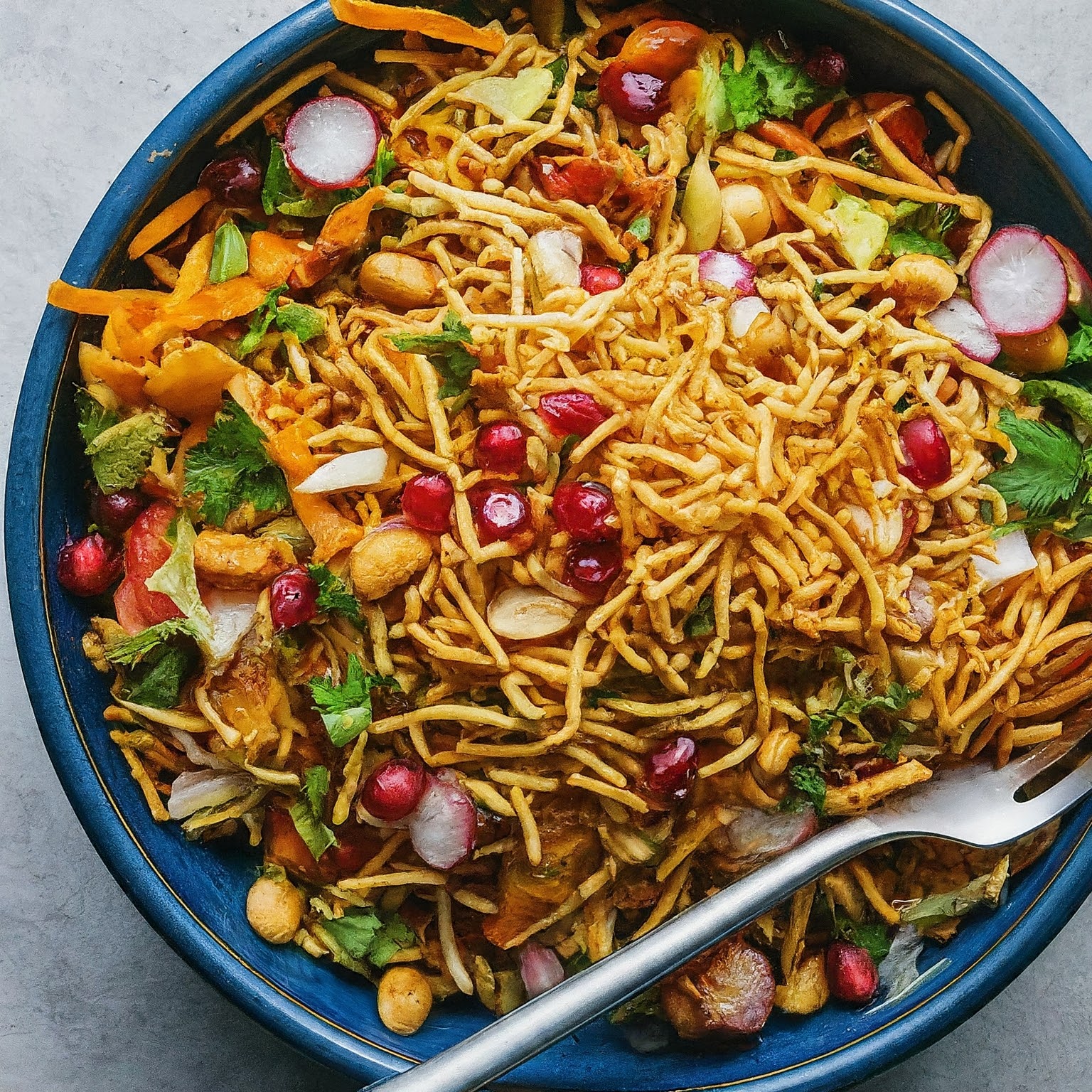
A colorful and flavorful Indian Chinese bhel served in a bowl topped with peanuts, pomegranate, and chopped veggies.
It’s an easy-to-make Indo-Chinese Food for your quick hunger. Chinese Bhel is a popular Indo-Chinese street food that combines the flavours of Chinese cuisine with the crunch of Indian snacks.
Ingredients for Indian Chinese Bhel:
- 2 cups of fried noodles
- 1 cup of shredded cabbage
- 1/2 cup of diced bell peppers
- 1/4 cup of chopped green onions
- 2 tablespoons of soy sauce
- 1 tablespoon of chili sauce
- 1 tablespoon of vinegar
- 1 teaspoon of sugar
- Salt to taste
- Oil for frying
Recipe:
- In a mixing bowl, combine fried noodles, cabbage, bell peppers, and green onions.
- In a small bowl, mix soy sauce, chilli sauce, vinegar, sugar, and salt for the dressing.
- Fry noodle mixture in oil until crispy.
- Pour dressing over noodles and toss to coat.
- Serve hot and enjoy the Chinese Bhel dish.
Conclusion
Indo-Chinese food combines two culinary worlds, creating unique dishes with refreshing flavours. From tangy chilli chicken to crunchy Spring Rolls and fiery Hot and Sour soup, these dishes are perfect for any occasion. Bring the flavours of Indo-Chinese street food to your kitchen and savour culinary delights like never before.
Frequently Asked Questions
Which Indo Chinese dish is the most popular in India?
Although each dish has its unique charm, Chowmein and Chilli Chicken are unarguably the most popular, beloved by every Indian palate. Both can now be mastered right in your kitchen!
Is Indo Chinese food actually Chinese?
While it employs Chinese cooking techniques, Indo-Chinese food gets its unique flavour profile from Indian ingredients and tastes – exemplifying a harmonious fusion of two rich gastronomies. Hence, it is not Chinese!

